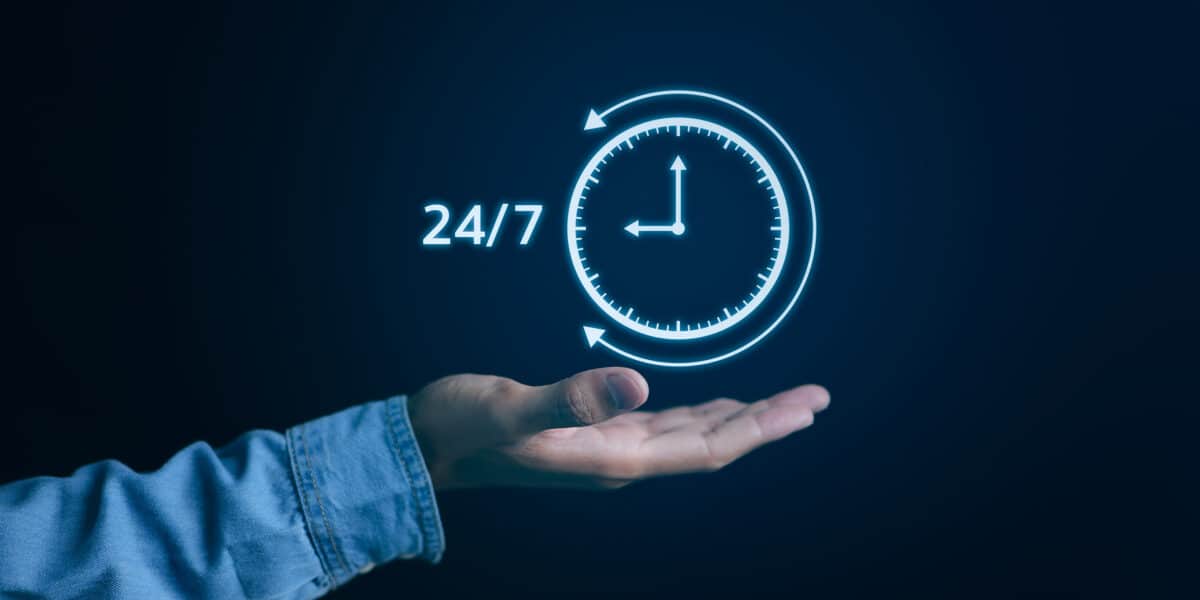The network code obliges the transmission system operator to designate the system-critical parties whose installations, systems, and internal instructions must meet the requirements of the network code.
The five-year transition period following the adoption of the network code expired at the end of last year.
Jari Siltala, Senior Expert in charge of implementing the NC ER at Fingrid, says the designated parties have succeeded in implementing the required 24-hour capability.
Even in the event of 24-hour power cut, the control centre will remain operational and the electricity will stay on.
“In practice, the parties have ensured that even in the event of a 24-hour power cut, the control centre will remain operational, the electricity will stay on, and the most critical tools will work. It is also important to maintain communication capabilities: it must be possible to exchange information in real time and provide situational awareness by phone.”
The control centre’s operating capacity is tested by cutting off the electricity. At the same time, the electricity consumption is metered and calculations are performed to check that there is enough power for the capacity of the batteries and fuel.
The 24-hour resilience of voice communications is tested annually by making test calls in both directions. This year, the relevant parties will decide how to handle testing in practice.
“The idea is that the voice communication tool is, to the extent possible, in everyday use. That would enable us to utilize the call logs to minimize the need for additional test calls. In other words, the phone system would be the normal channel the parties use to communicate,” Siltala explains.
The 24-hour capability applies to control centres and designated power plants and substations.
“The implementation was quite a big project for us. It affects more than 100 substations in Fingrid’s main grid. In addition, there are another 100 substations in distribution networks.”
Siltala says the work has progressed well.
“In the current circumstances, it is also easier to understand the importance of these things. We are seeking to ensure that electricity production remains as stable, reliable, and secure as possible under all conditions.”






